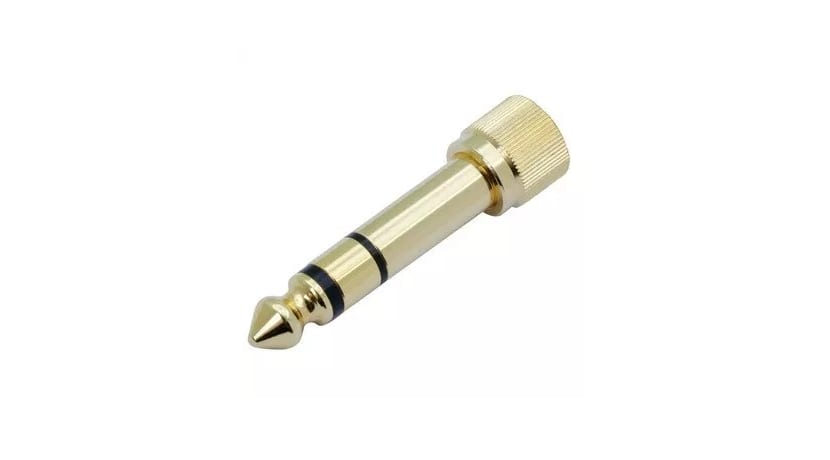
El Jack audio connector is one of the most popular connections today, and it is certainly the preferred one for input and output audio devices such as speakers, microphone, headphones, etc. It is true that with the arrival of wireless or wireless audio devices, the jack should tend to disappear, but its characteristics and advantages make it continue to be the favorite of most manufacturers.
In this article we will reveal all the secrets of this connection, so you can use it in your future audio projects. Although it seems like a simple connection pin, the truth is that it keeps interesting things that most of the users who use it daily do not know. Do you want to know them? Well here they go ...
What is Jack?
El Jack is an analog audio connector, not digital. Therefore, it carries analog signals and needs a DAC to convert from digital to analog when used in digital devices such as smartphones, MP3 players, etc. It is popularly used to connect microphones, headphones, speakers, and many other sound devices. Lately other connections are being commercialized for these devices, such as USB, or wireless such as Bluetooth, etc. But even so, Jack is still the best option due to its small size and versatility.
Inside the pod has different connectors that go into contact with outer rings you have along the connector. They are all isolated and do not touch. In this way, when inserted into a female connector, each part will make contact with a certain part.
PREMIUM QUALITY
These Jacks also employ a color code to distinguish them. Those colors are: green, blue, pink / red, gray, black, and orange. And the metal tip can be of different dimensions. For example, you can have 2,5mm jacks for mono devices, 3,5mm jacks for stereo, and 6,3mm jacks for other stereo devices.
Really the most popular are 3,5 mm, which have become almost a standard for audio connections such as headphones, speakers, microphones, etc. In the image above you can see several 3,5 mm male and one female connectors (right).
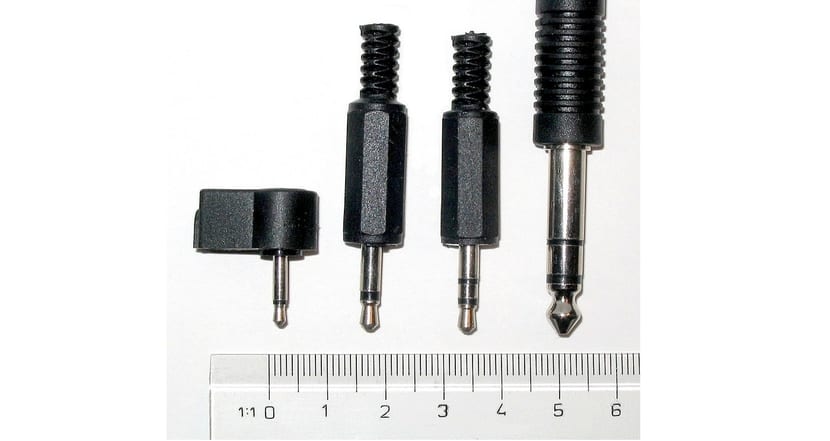
Source: Wikipedia
In the previous image you can see a 2,5mm Jack on the left, which is one of the smallest. While in the middle there are two 3.5mm and a 6,3mm to the right. Both those of 2,5mm and 6,3mm are unpopular How you can see. For more information, let's look at some extra details:
- Jack 2,5mm: the smallest of the family is generally used for devices where a 3,5mm does not fit. It can carry mono signal. And although it is rare, it is possible that you can see it in some headphones, in the earpieces of walkie-talkies, small spy microphones, and even in power supplies for small devices.
- Jack 3,5mm: arrived in 1964, the most widespread and mediated of the family, it became popular with the explosion of Sony walkmans, and then with portable radios, MP3 players, and now on PCs, tablets, and smartphones. Through an additional ring called AUX you can also carry a microphone signal, that is, use it as an input and output medium. This is what differentiates some input-only jacks to so-called combo jacks when you buy a laptop or computer with these types of connections. On other occasions, that AUX is used for other purposes, such as sending control signals for the volume (those headphones that have a control to lower or raise the volume on the cable itself), etc.
- Jack 6,3mm: It really was the first of the jacks that appeared, it is the original. But due to its large size, it has not been used much in an era of mobility like the one we live in, where devices are getting smaller and smaller. But it was popular decades ago at call centers. It was designed in 1878 to have a connector that is easy to insert and remove.
- Females and others: there are also other connectors that we can use. They can be female to connect a male jack, and there are also those that are male and female depending on which side to have both functions or serve as a converter / adapter. There are also other variations used in the military and aviation fields, but they are not used commercially.
Local
Those connections that I have described in the first section have their name and objective. Jack connectors are also called TS (Tip-Sleeve), that is, tip-sleeve. And it is precisely because of the architecture they have. Also TRS connector (Tip-Ring-Sleeve) or tip, ring and sleeve for those who are balanced. Finally, you also have the TRRS (Tip-Ring-Ring-Sleeve) when they have an additional ring or aux to also carry a microphone signal for the headphones.
The body o T connects to ground or GND. Then we have the ring or ring that is connected to the right channel of stereo or negative in balanced mono and can even feed devices that require power. In the case of the tip, it is for the left channel of stereo audio, or positive in balanced mono. If there is an extra ring, you already know that it is to introduce a signal from the mic.
Of course, between them there are insulating rings so they don't communicate with each other. And the standard color coding I referenced earlier was standardized in 1999 by Microsoft and Intel for PCs, as part of the PC99 standard for 3,5mm. In this way, when you have several jacks to connect to a motherboard or device, you will know where to do it. And they are:
- Green - TRS - Audio Out, Front Channels
- Black - TRS - Audio Out, Rear Channels
- Gray - TRS - Audio Out, Side Channels
- Orange - TRS - Dual Out, Center and Subwoofer
- Blue - TRS - Audio In, Line Level
- Pink / Red - TS - Mono / Stereo Microphone Input
This is important to know especially in equipment that supports 7.1 surround sound, where it is somewhat complex to properly connect the speakers and subwoofers to the sound card if you do not know the colors well.
By the way, as a recommendation, since many have asked me about it. If you use any of these cables, do not leave it coiled. Many do it and when doing coil effect you will hear an annoying noise or beep in the background. And it's not that your equipment is wrong, you just have to unroll the cable.
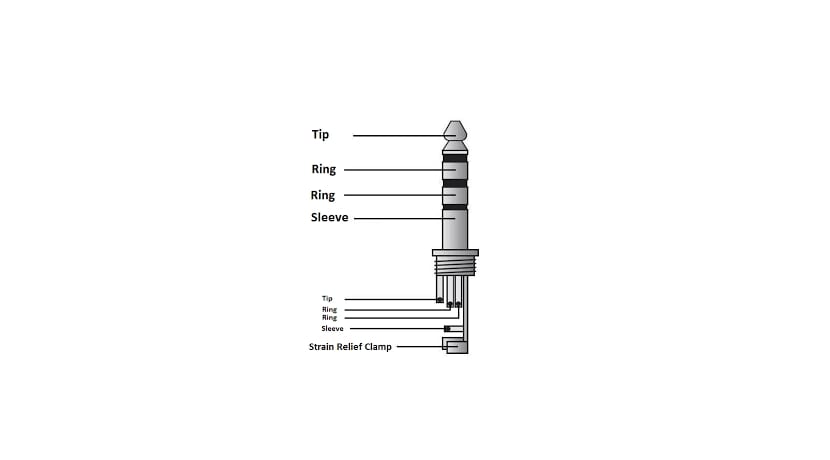
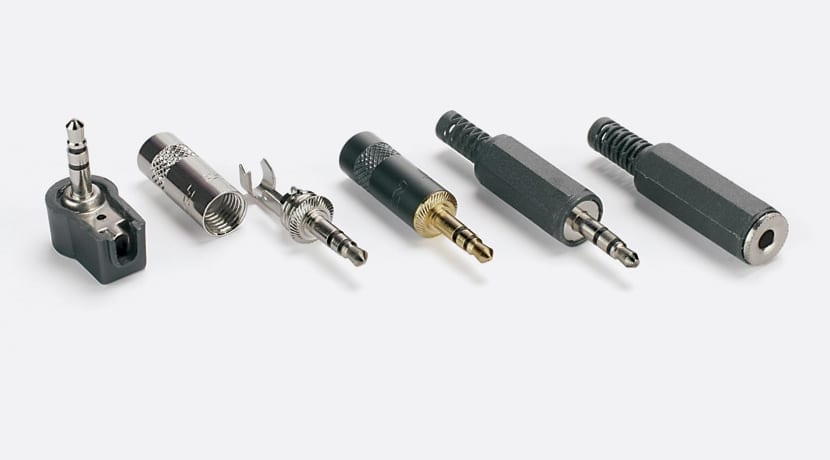
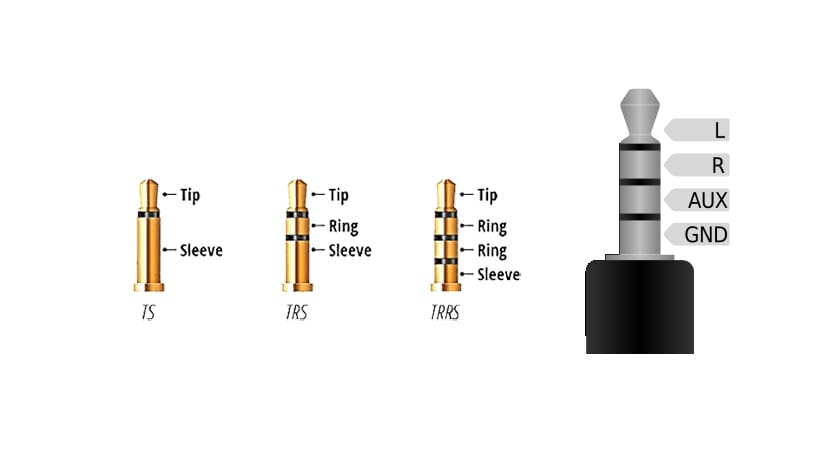
What a good post, with a call to the norm and everything. Congratulations. I have learned and it has served me well. Best regard
I finally found someone who understands the subject. I bought a microphone to use with my laptop. This microphone has a 3,5 mm TRS jack type connector. But it does not work! After many tests I discovered that if I connect headphones with microphones with a 3,5mm TRRS jack connector, the microphone and headphones work well, if I connect headphones only (without a microphone) and with a 3,5mm TRS jack connector it also works well. .
It seems that the computer assumes that if the connection is of the 3,5 mm TRS type jack, then it is a headset.
I do not know if I can change the configuration of the pc so that it understands that the 3,5 mm TRS jack type connector is a microphone. That or look for a TRS to TRRS adapter.
I think it is not a problem with the PC configuration, only that to connect a microphone to the PC it has to go through an Audio Interface so that the analog signal from the Microphone becomes Digital so that it can be interpreted by the PC. FROM what little I know, I think that's the problem.
Very good information. Thank you very much.
Excellent article! Thanks a lot
Thank you!